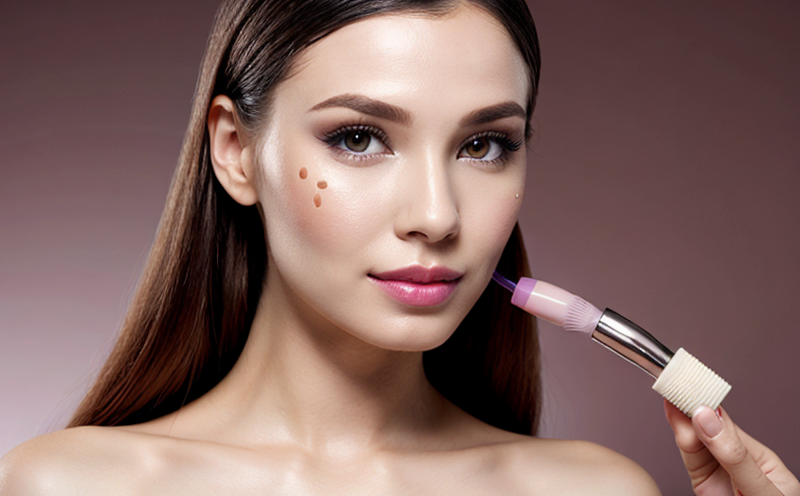In Vitro Cytokine Release Testing in Cosmetic Products
The in vitro cytokine release test is a cutting-edge approach to assess the potential allergenic and irritative effects of cosmetic products. This test evaluates how immune cells within the skin react to ingredients, providing insight into their safety profile without using animal testing.
During this procedure, specific cell types such as dermal fibroblasts or keratinocytes are exposed to a cosmetic product under controlled conditions. The response of these cells is monitored by measuring cytokine production, which can indicate the presence of potentially harmful substances.
This method aligns perfectly with global regulatory trends towards reducing or eliminating animal testing (REACH Regulation). By using human-derived cell lines instead of animals, it offers a more ethical and efficient way to ensure product safety. The test is compliant with international standards including ISO 10993-5 and EN 864.
The process involves several key steps: selecting appropriate cells based on the intended use of the cosmetic; exposing these cells to various concentrations of the product; incubating them for a specified duration; then measuring the levels of specific cytokines released into culture medium. These measurements are compared against known standards to determine whether there is an unacceptable level of inflammatory response.
| Step | Description |
|---|---|
| Select Cells | Determine the most relevant cell type for your product. |
| Expose Cells | Apply varying concentrations of cosmetic sample to cells. |
| Incubate | Allow sufficient time for cellular reactions to occur. |
| Measure Cytokines | Analyze the amount of cytokines produced by cells. |
The advantages of this technique extend beyond mere compliance requirements; it also provides valuable information about ingredient interactions and potential improvements in formulating safer products. It helps identify which components might cause adverse reactions early on, allowing for adjustments before full-scale production begins.
Compliance with stringent regulatory standards ensures that the results are reliable and widely accepted across different markets. This makes it easier for manufacturers to navigate complex regulations while maintaining high standards of quality control.
Why It Matters
Cosmetics are one of the most heavily regulated consumer products due to their direct contact with skin and mucous membranes. Ensuring that these items do not cause harmful allergic reactions or irritation is paramount for both public health protection and brand reputation.
The in vitro cytokine release test serves as a powerful tool in this regard because it allows companies to screen out problematic ingredients at an early stage of development. This proactive approach can significantly reduce the risk of adverse events once the product reaches consumers, thereby protecting end-users from potential health hazards.
Moreover, by adopting such methods, manufacturers align themselves with evolving regulatory frameworks aimed at reducing reliance on traditional animal testing techniques. This not only enhances ethical considerations but also supports broader industry goals towards sustainability and innovation.
Industry Applications
| Application Area | Description |
|---|---|
| Safety Assessment | Evaluating the potential allergenic and irritant properties of cosmetic ingredients. |
| Ingredient Optimization | Determining optimal concentrations for ingredients to enhance efficacy while minimizing risks. |
| Formulation Development | Identifying synergistic effects between multiple components in a formula. |
The results obtained from this test play crucial roles in various stages of cosmetic product development:
Why Choose This Test
- Compliance with REACH and other international regulations.
- Reduction in animal testing, promoting ethical practices.
- Potential to improve product safety early in the development cycle.
- Supports innovation by identifying new safe ingredients or combinations.





